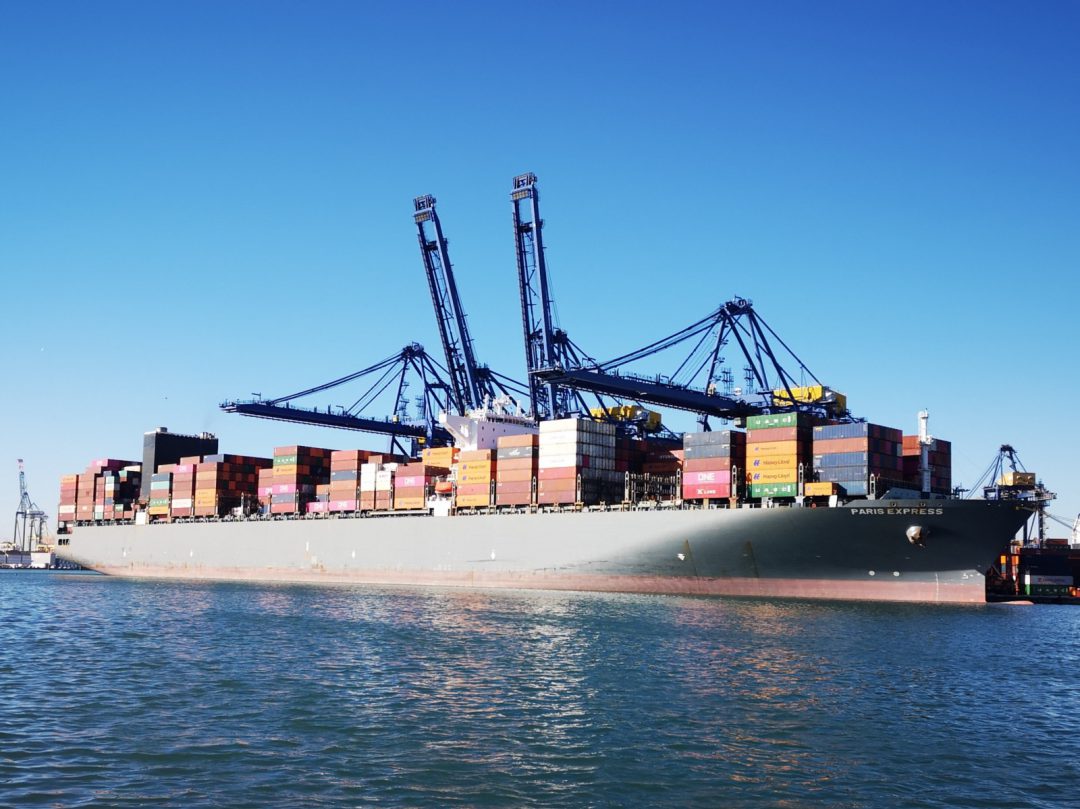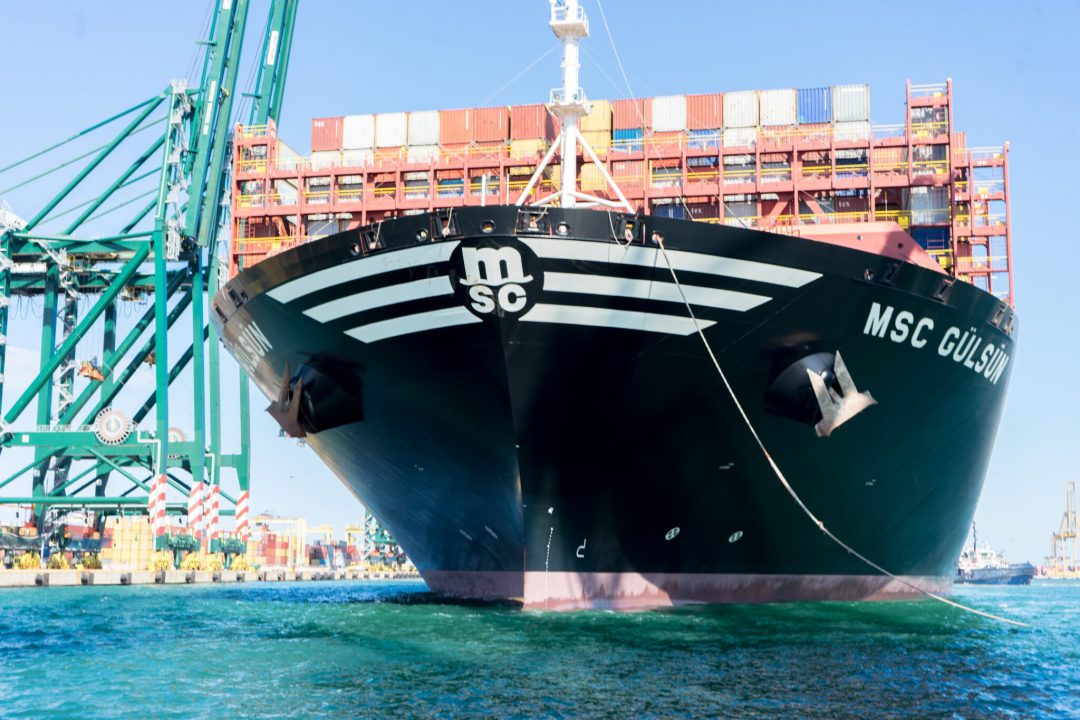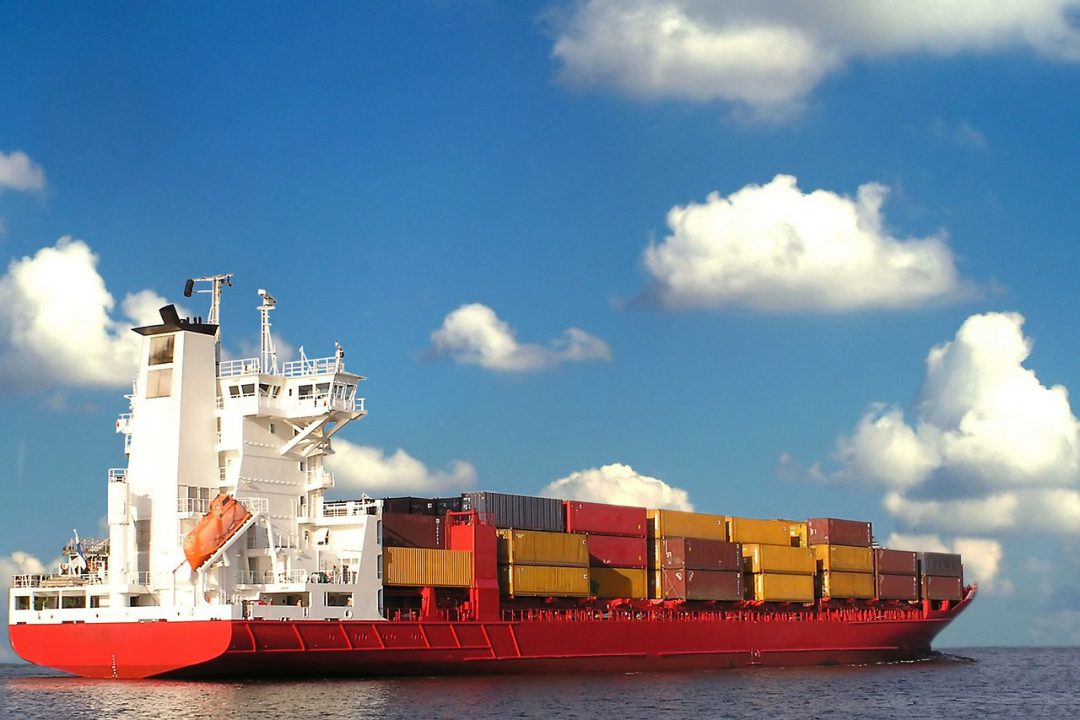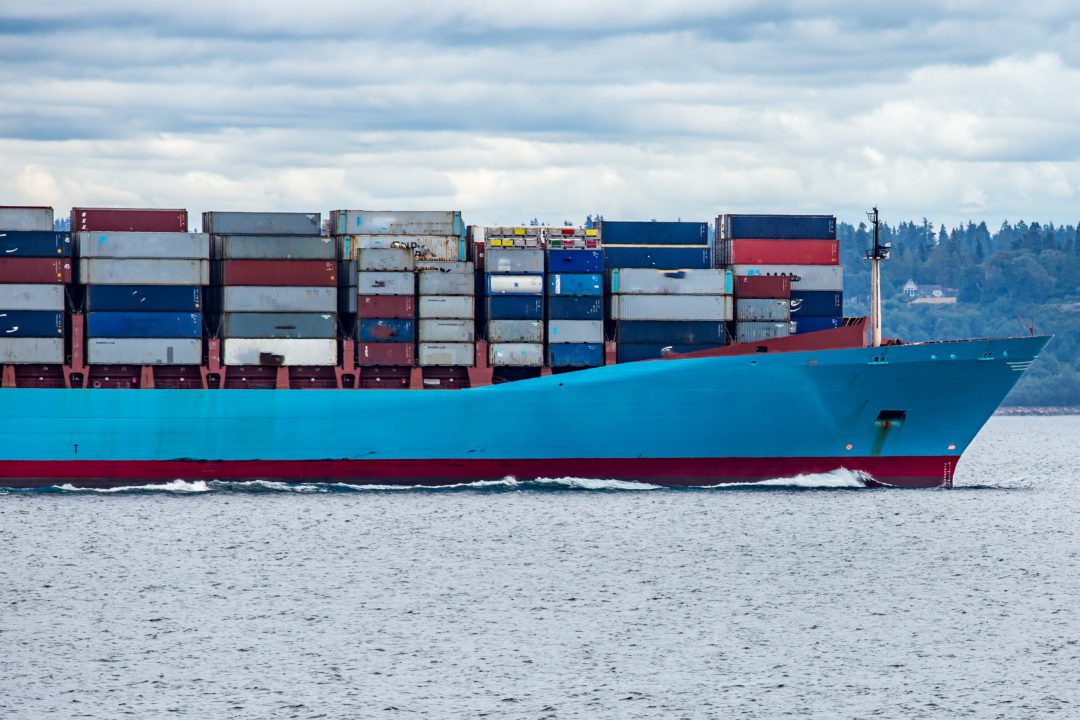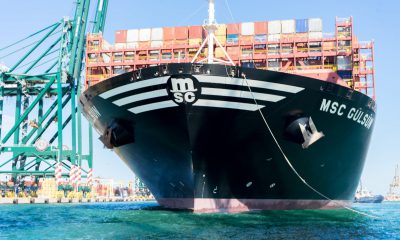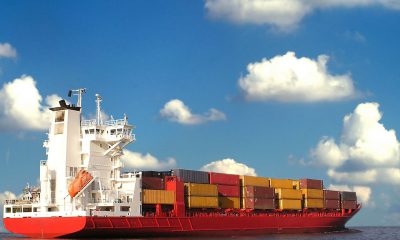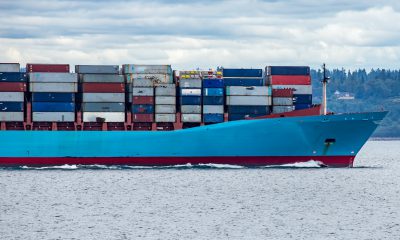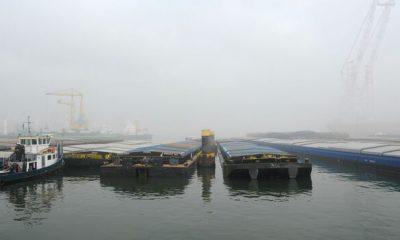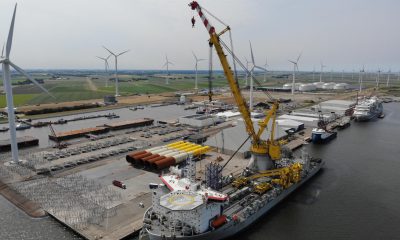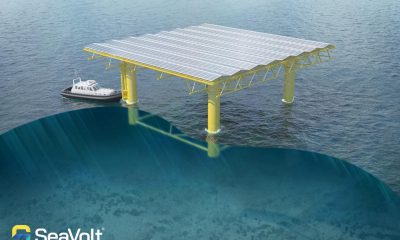The United States and Italy have become the first and second leading countries in trade relations with Valenciaport worldwide. As reflected in the data of the Statistical Bulletin of the Port Authority of Valencia for the month of July, in the first seven months of the year, the North American ports have mobilised 5,523,420 tonnes, which represents a growth of 22.47%, highlighting the increase in the import of US products, by more than 215%.
For its part, Italy has become Valenciaport’s second largest trading partner with 4,672,967 tonnes of goods handled and an increase of 3.5% compared to the same period the previous year. Between 1 January and 31 July, the situation of the Asian market has left China with less weight, with a total traffic volume of 3,664,901 tonnes, accumulating a decrease of 8.35% compared to the same period last year.
USA specialises in LNG, Italy in transport elements
By sectors, the United States is the main supplier of natural gas, which has made the energy sector the most dynamic in Valenciaport’s freight traffic: this sector has transported more than 2.8 million tonnes in the first seven months of the year, 113.65% more than in the same period last year. In fact, according to data from the APV’s Statistical Bulletin, natural gas entering the Port of Sagunto has tripled the total for this energy source, rising from 736,215 tonnes in 2021 to 2,220,915 in 2022.
The United States ports handled 1,382,302 tonnes of natural gas goods with Valenciaport, which means 62% of the total natural gas entering or leaving through the APV. By sectors, the main products moved between Valenciaport and the USA are construction materials (968,248 tonnes), wines, beverages, spirits and derivatives (375,867 tonnes) and chemical products (346,177 tonnes).
Goods traffic between Italy and Valenciaport is concentrated on vehicles and transport elements: so far this year, 602,572 tonnes of road traffic and 429,146 tonnes of automobiles and their parts have been handled. In total, between January and July, Valenciaport has handled 6,967,047 tonnes related to vehicles and transport elements, +2.73% more than the accumulated figure for the previous year.
Other outstanding products in relations with Italian ports are wines, beverages, alcohols and derivatives (558,755 tonnes) and chemical products (330,765 tonnes).
The main products that prevail in trade relations between China and Valenciaport are machinery, tools and spare parts (892,977 tonnes), construction materials (309,409 tonnes), chemical products (293,804 tonnes) and container cargo (252,798 tonnes).
China maintains its leadership in TEUs
In terms of the number of containers handled, China has 322,307 containers with import/export products, but still shows a decrease of 9.63% compared to the first seven months of the previous year. China is followed by the United States with 308,975 containers (-3.24%), Turkey with 158,031 (-16.49%) and Algeria with 89,888 (-23.48%). The most dynamic countries between January and June were the United Kingdom (+71.41%), Australia (+24.09%) and Greece (+23.97%).
By geographical areas, the main container market is the Mediterranean-Black Sea with 521,277 and a drop of 12.12%; followed by the Far East with 444,292 (-6.14%); and West Africa with 191,498 TEUs (-5.56%). The areas that have grown the most in these seven months have been Atlantic Europe with an increase of 53.51%, Australia (+22.81%) and South Atlantic and Gulf (+9.26%).
The global economic and geopolitical situation is reducing traffic
The APV’s Statistical Bulletin for the first seven months of the year reflects an economic scenario marked by uncertainty, the rise in fuel prices, the distortion of raw material prices and rising inflation, as is the case in other ports of the same name.
If we analyse the data for July, it can be seen that after two months of growth, the full containers of cargo (export) have decreased by 0.67% and those of unloading (import) continue to be positive, adding 3.04%. The biggest fall was in transit containers, down 19.9%. With regard to empty containers, the overall figure reflects a decrease of 4.66%. In total, TEUs stood at 443,159 in July, 9.33% less than the previous month. Something similar occurs with the total amount of goods handled, which reached 6,911,786, 2.47% less than in the same month of the previous year.
The same situation is reflected in the accumulated data for the year. Between January and July, Valenciaport has mobilised a total of 48,379,923 tonnes, 2.32% less than the same period in 2021. This situation particularly affects containerised cargo, which fell by 8.20%, while liquid and solid bulk cargo grew by 81.35% and 2.83% respectively. On the other hand, non-containerised cargo increased by 5.78%.
During these first seven months of the year, it is worth highlighting the activity of ro-ro traffic, which has grown by 4.45% and accumulated 7,803,662 tonnes. The number of Intermodal Transport Units increased by 7.31%, while the number of cars in cargo regime increased by 12.88% to 346,571 units.
With regard to TEUs, during these first seven months, a total of 3,080,763 TEUs have been mobilised, representing a decrease of 6.88%. The number of full containers fell by 7.53%, with a 7.99% increase in full containers for unloading (import), while those for loading (export) fell by 6.72% and those for transit by 12.71%. Empty containers fell by 4.5%.
In year-on-year terms, if we compare August 2021-July 2022 with the same period of the previous year, the total of goods has been more than 83.7 million tonnes with a fall of 2.32%. The total number of containers was 5,376,829, a decrease of 6.45%.
Data by sector
As a consequence of the current situation – apart from the energy sector and the vehicles and transport elements sector, which have increased sales abroad by 87.24% and 1% respectively – the APV Statistical Bulletin for the first seven months of 2022 reflects a general increase in imports and a decline in exports.
Sales abroad of most of the industries that use the docks of the València, Sagunto and Gandía precincts fell: agri-foodstuffs (-8.95%) although some products grew, such as canned food (+15.90%) and animal feed and fodder (+15.29%); construction materials (-6.38%), chemical products (-15.80%); the iron and steel sector (-16.19%) and other goods (-14.79%).
Passenger transport, at pre-pandemic levels
Another of the conclusions of the APV Bulletin is the recovery of passenger traffic. The Valenciaport docks have received 664,400 passengers between January and July of this year, which is three times the number of passengers than in 2021. Of these 249,261 are cruise passengers, a third of the total.
In year-on-year terms, between August 2022 to July 2021, the figures also show the reactivation after the standstill caused by the pandemic restrictions: thanks to the APV, Valencia has welcomed 1,062,295 passengers.
